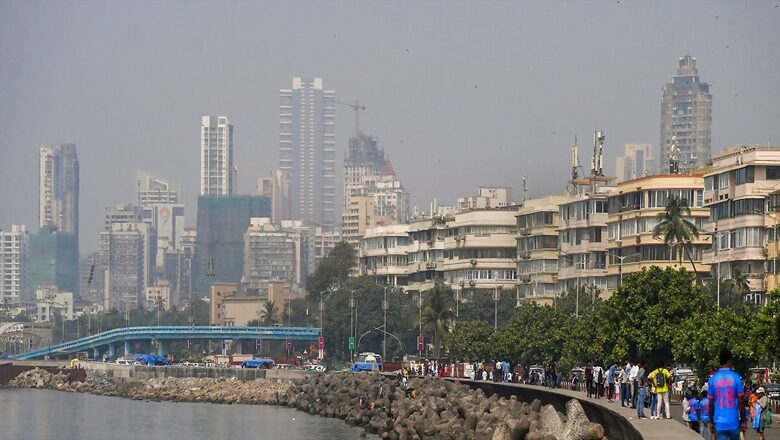
views
The Maharashtra government has finalised a proposal for developing a new city namely, ‘Third Mumbai’. This is aimed at providing better housing, transport facilities and infrastructure for the growing population of Mumbai.
This new city has been proposed to be built around the Navi Mumbai International Airport, which will then be linked to Mumbai by the Atal Bihari Vajpayee Sewri-Nhava Sheva Atal Setu, also called Mumbai Trans Harbour Link (MTHL), a Hindustan Times report said.
The proposal was given a green flag, state government sources confirmed last week.
The Mumbai Metropolitan Region Development Authority (MMRDA) is likely to get the directive for modifying the far ends of Mumbai Metropolitan Region (MMR) for which the New Town Development Authority (NTDA) has been formed. Parts of Ulwe, Pen, Panvel, Uran, Karjat and surrounding regions within an area of 323 square kms will be part of this new body.
Additionally, around 200 villages, including 80-90 villages under the Navi Mumbai Airport Influence Notified Area (NAINA) are also expected to be part of the NTDA.
“We are calling it the Third Mumbai which will have all the necessary infrastructure that a well-developed city should have. From residential — both luxury and affordable — commercial complexes, data centres to large knowledge parks and financial companies; it will have everything. A robust public transportation shall also be developed there,” a government official was quoted as saying by HT.
The new city has been proposed to boost the economic activity and contribute to the nation’s GDP. “There is a plan to develop a second BKC in Kharghar. Around 150 hectares of land is expected to be available for developing it into a purely commercial area that would attract both Indian companies and MNCs,” the official added.
Sources said the MMRDA and India’s planning agency of NITI Aayog together, are working towards taking steps to increase Mumbai’s GDP from the current $140 billion to $300 billion by 2030, of which the new city — Third Mumbai — is a crucial part.
Meanwhile, the need to develop newer areas around Mumbai for economic and commercial activities was talked about in a discussion organised by the MMRDA last month.
“There is a need for MMRDA to focus on the MMR rather than only planning public infrastructure in Mumbai. When MMR is developed with residential and commercial spaces; only then the suburban local train crowds will be reduced.” HT quoted AV Shenoy, member of Mumbai Mobility Forum as saying.




















Comments
0 comment